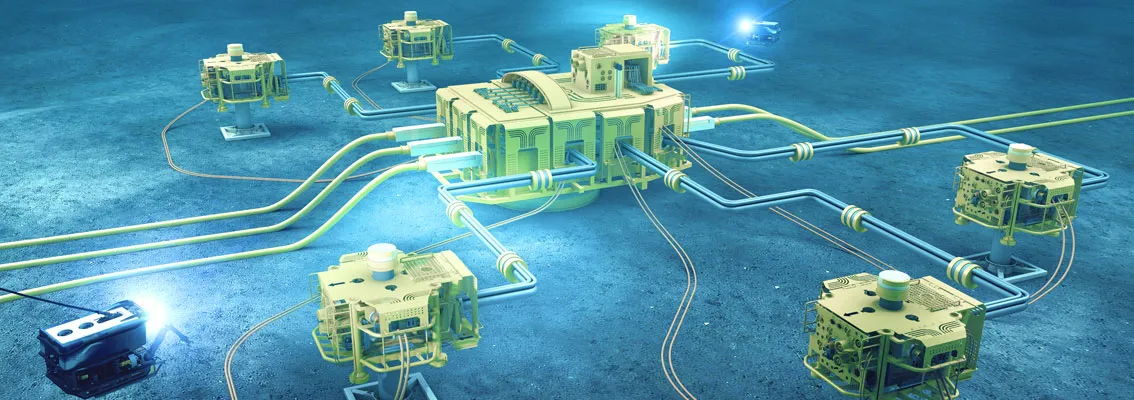Steel forgings are essential building blocks for subsea components, but tailor-made solutions to meet end-users’ specific requirements have caused long delivery times. A joint industry project (JIP), led by DNV GL, has now taken the next step in subsea standardization by harmonizing requirements for quality management of forgings. The recommended practice (RP) ‘Steel forgings for subsea applications – quality management requirements’, DNVGL-RP-B202, will enable delivery of high quality forgings at reduced delivery times and cost.
Complementing the RP ’Steel forgings for subsea applications’ (DNVGL-RP-0034), which harmonizes the technical requirements, the new guideline DNVGL-RP-B202 provides a unified approach to the qualification of manufacturers and the manufacturing procedure, and to perform production oversight.
Kjell Eriksson, Regional Manager Norway, DNV GL – Oil & Gas, says: “DNV GL is proud to be a trusted partner driving industry collaboration to secure high quality subsea deliveries globally. The latest subsea forgings RP will build trust in the supply chain and enable consistent stocking. The leading roles and valuable contributions from the participants involved in its development make this recommended practice a major step forward to increase subsea standardization.”
Dr. Brian Newbury, ExxonMobil, JIP Steering committee chairman, says: “Achieving alignment from the major independent operators to remove direct oversight of critical forgings manufacturing, coupled with vendors’ and forgemasters’ commitment to provide consistent quality oversight across the industry, enables this industry strategy to reduce lead times.”
According to DNV GL’s seventh annual benchmark study, Short-term agility, long-term resilience1, subsea technology is highest ranked area globally for conducting R&D among emerging technologies in 2017. Also, standardization efforts are on the rise to remove complexities: Two thirds of respondents say their organization will seek greater standardization of tools and processes in 2017.
Mons Hauge, Chief Engineer, Statoil, says: “Standardization is crucial to make subsea solutions even more competitive. We are pleased to see the good results from the joint standardization effort by the oil and gas industry as Statoil applies this new recommended practice for subsea forging in our future field development.”
“We are dependent on a streamlined supply chain to ensure quality, and to cut cost and delivery time. We therefore welcome standardization initiatives that harmonize customer requirements. Together with the operators, we are now implementing the recommended practices in projects,” adds Elisabeth Hauso Skjerven, Chief Engineer, Aker Solutions.
The following companies have been part of developing the RP in phase two of the JIP: Aker Solutions, BP International Limited, Brück, Celsa, Chevron, ConocoPhillips, Det Norske, Dril-Quip, Ellwood Group, Eni, ExxonMobil, Franchini Acciai, Frisa, GE, OneSubsea, Petrobras, Ringmill, Scana Subsea, Statoil, TechnipFMC and Total.
Other subsea standardization initiatives led by DNV GL includes documentation, welding and subsea process equipment.
1. The outlook for the oil and gas industry in 2017 is an industry benchmark study from DNV GL, the leading technical advisor to the industry. Now in its seventh year, the programme builds on the findings of six prior annual outlook reports, first launched in early 2011. During October and November 2016, we surveyed 723 senior professionals and executives across the global oil and gas industry, along with 14 in-depth interviews with a range of experts, business leaders and analysts. Two–thirds (66%) are employed by suppliers and service companies across the industry, while 26% of respondents work for oil and gas operators. The remaining respondents come from regulators and trade associations. The companies surveyed vary in size: 41% had annual revenue of USD500m or less, while 18% had annual revenue more than USD5bn. Respondents were drawn from right across the oil and gas value chain, including publicly-listed companies and privately-held firms. They also represent a range of functions within the industry, from board-level executives to senior engineers.
